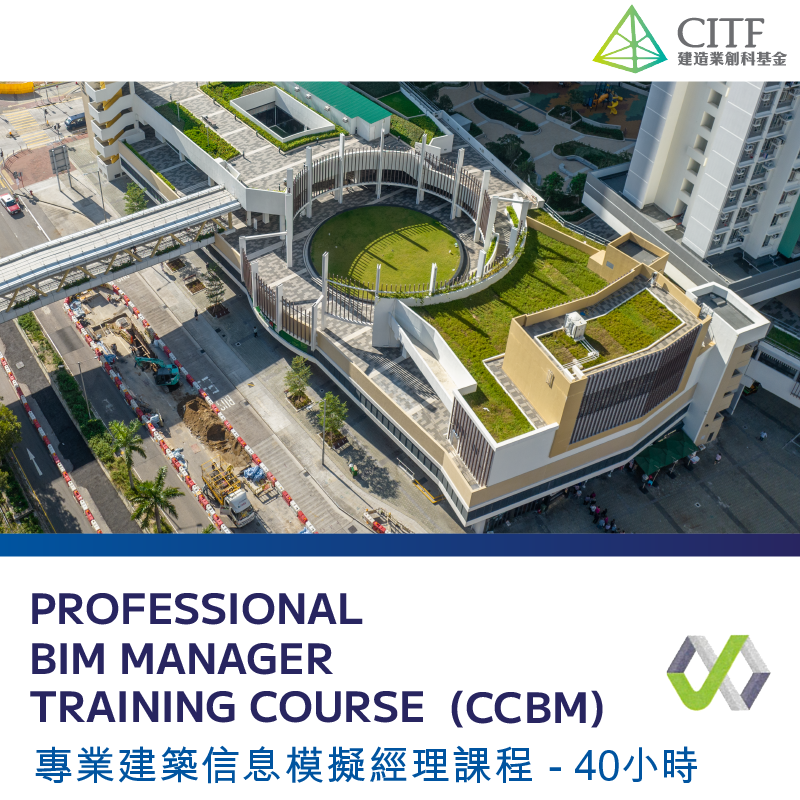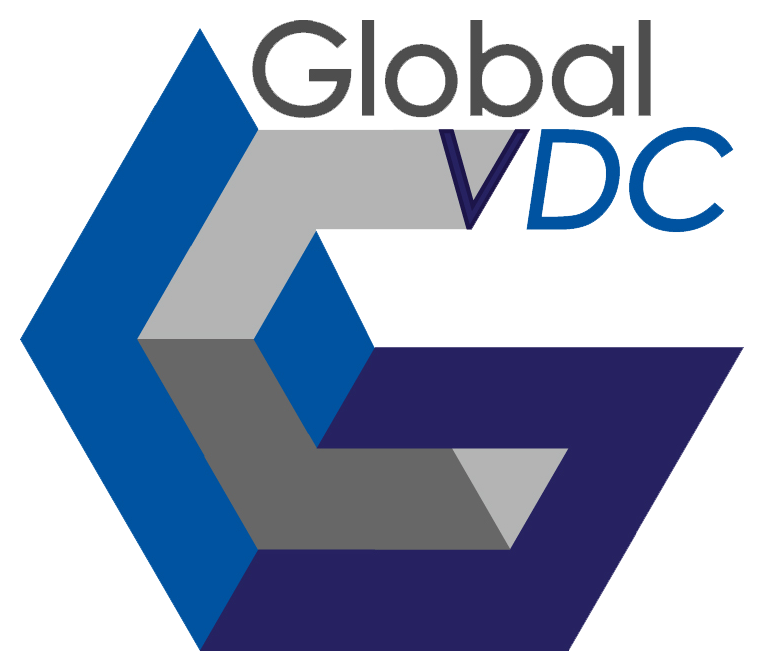Chapter 1 – BIM Initiation
BIM Concept
- BIM Definitions & Terminology
- The difference between 2D CAD, 3D CAD and BIM
- Concept of BIM as whole project perspective
- Value and benefits of adopting BIM
- Collaborative working in BIM
- Limitation of BIM
- Challenges within existing working practices & how BIM addresses them
- How BIM affects the current practice in AECO industry
Local & Global contexts of BIM standards and guidelines
- Local BIM standards & resources.
- CIC BIM standard.
- Government BIM standards & resources.
- Global contexts in BIM development.
- Global BIM standards & resources.
- ISO 19650
- BIM FORUM LOD Specifications.
- Understand OpenBIM
Chapter 2 – BIM Software and Technologies
BIM Software
- Overview of industry leading BIM software.
- Characteristics, file formats, strength, and limitations of industry leading BIM software.
- Versions and file formats.
- Interoperability across industry leading BIM software
Technologies Trend
- Cloud platform
- Laser scanning
- Photogrammetry
- GIS
- Application of smart devices
- VR/AR/MR
- VDC (Virtual Design and Construction)
- RFID (radio frequency identification)
- Gaming technology in BIM
- Robotics
- Automation
- API
- MiC
- Indoor positioning
- Upcoming Trend.
Chapter 3 - BIM Project Workflow and Management:
Client BIM Strategic Stage
- BIM strategies, BIM uses, BIM processes.
- Key personnel in relation to BIM and their roles and responsibilities.
- Determine the information management & CDE strategies.
- Determine BIM/AIM/GIS strategies.
- Determine level of Development in context of graphics and information.
- Determine level of integration of digital information into asset & facility management.
- Case Study
Client Pre-tender Project Stage
- Organizational Information Requirements (OIRs).
- Asset Information Requirements (AIRs).
- Exchange Information Requirements (EIR).
- Determine project technology & systems requirement & integration
- Determine project delivery requirements.
- Determine soft landings approach.
- Contract & consultancy requirements.
- Assessment on supply chain capability & capacity (Tender Assessment).
- Case study.
Definition & Design Stage
- BIM Execution Plan developed by supply chain.
- Pre-contract BIM Project Execution Plan.
- Post-contract BIM Project Execution Plan.
- Supervision in fulfilling BIM uses in planning & design stages listed in CIC BIM Standards.
- Project Information Model (PIM) data exchanges and validation.
- BIM PIM files set up.
- BIM origin point & orientation set up.
- Model division.
- Modelling methodology.
- Project-based industry and BIM standards.
- Direct BIM related meetings.
- Case Study
Construction Stage
- BIM Execution Plan developed by supply chain.
- Pre-contract BIM Project Execution Plan.
- Post-contract BIM Project Execution Plan.
- Supervision in fulfilling BIM uses in construction &handover stages listed in CIC BIM Standards.
- Project Information Model (PIM) data exchanges and validation.
- Direct BIM related meetings.
- Case Study
Handover Stage
- As-built information verification.
- Oversee data transfer from PIM to Asset Information Model (AIM).
- Supervision in fulfilling BIM uses in handover stage listed in CIC BIM Standards.
- Case study.
Operation & Maintenance Stage
- Update Assets Information Model (AIM).
- Roles, responsibilities and authorities for maintaining the AIM.
- Post occupancy evaluation.
- Case Study
Chapter 4 - BIM Digital Information Management
Digital Information Management
- Values of data & how it should be managed.
- Interoperate data/information to facilitate cross-disciplinary and cross-BIM platform collaboration.
- Limitations of BIM softwares in relation to information management.
- Determine level of development in the context of graphics and information in different stages.
- Determine level of integration of digital information into asset & facility management.
- Oversee the process and quality of information exchange such as IFC/BCF/COBie, etc.
Common Data Environment (CDE)
- Overview of CDE.
- Overview of common CDE platforms
- Set up of CDE.
- Assessment of CDE
- Management of CDE.
- Limitations of CDE.
Data Quality Control & Assurance
- System checking.
- Model audit.
- Clash avoidance strategies and Clash detection.
- Audit reporting.
Chapter 5 - BIM Commercial and Contract
Commercial Issue
- Establishing BIM ready Environment to support the corporate.
- BIM strategy in organization level.
- Challenges in BIM implementation.
- Phases in BIM implementation.
- Hardware requirements for BIM.
- Software requirements for BIM.
- Manpower management for BIM.
- Staff plan,
- Staff recruitment.
- Staff training.
- Promotion of adopting BIM in office/to clients.
- Values and benefits of adopting BIM.
- Values and benefits of data and information from BIM.
- Evaluation of Return on Investments (ROI) of adopting BIM.
Contract Issues
- Ownership of data.
- Intellectual property rights.
- Legal implications and potential liabilities.
- Professional indemnity.
- Introduction of NEC.
- Commercial implications for contracts & insurances in relation to BIM.
Assessment :
Attend at least 36 hours of the course
Assignment 1 – 10%
Assignment 2 – 10%
Assignment 3 – 10%
Exam – 70%










